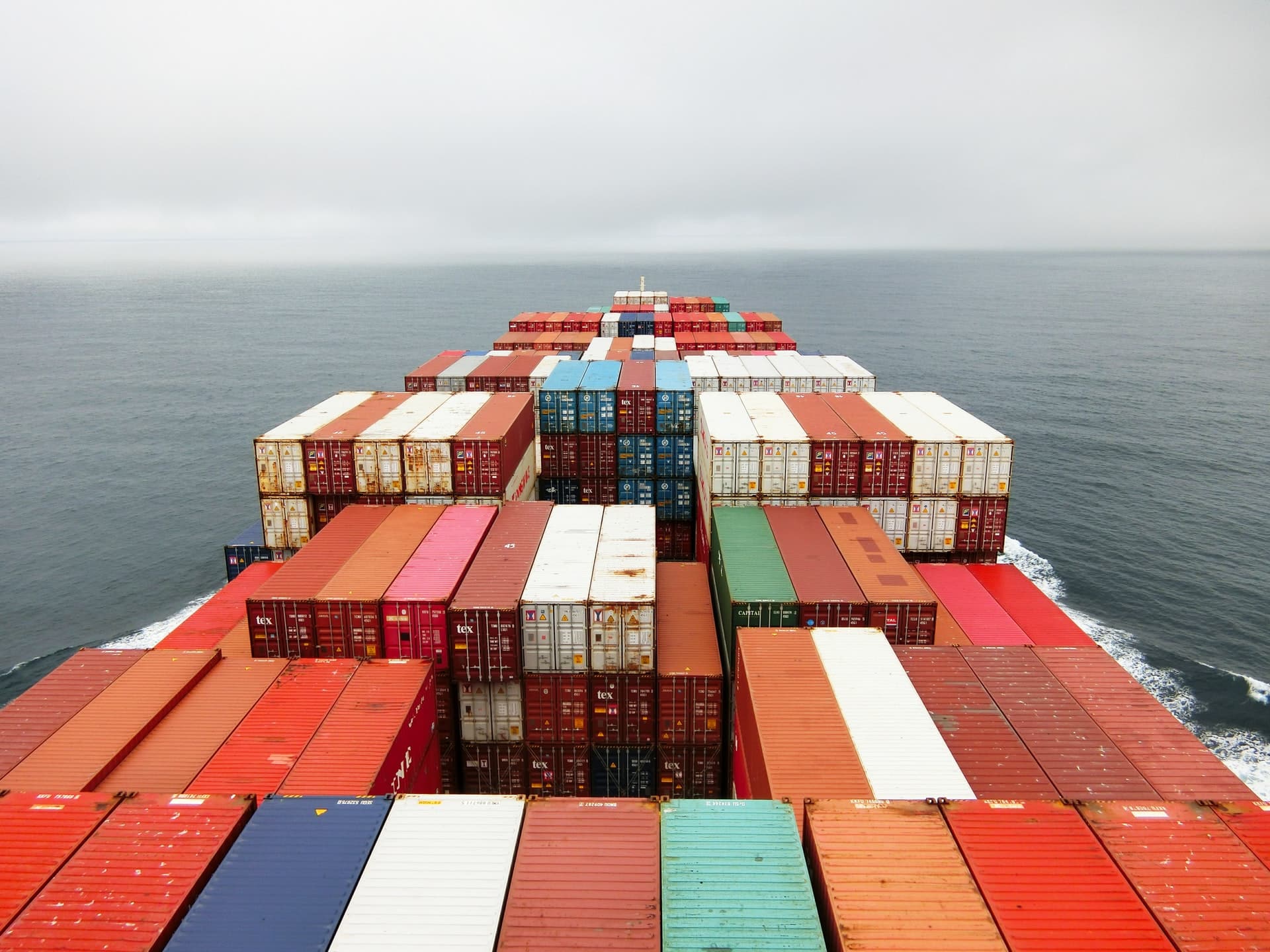Waste is a huge issue in the global supply chain these days. Supply chains are a string of intricate processes that involve multiple stakeholders, and they can be disrupted with relative ease. While it seems straightforward to ship something from one point to another, the reality is that supply chain companies have to account for multiple factors that often produce waste. Technology is helping companies reduce waste in their processes, and this help couldn’t come at a better time.
The United Nations Environment Programme’s Food Waste Index Report highlights that 913 million tonnes of food go to waste every year. While not all of this is attributable to the supply chain, a significant portion is caused by bulk waste due to improper handling of goods, such as temperature breaches and delivery delays.
Novel technological solutions are attempting to leave a mark in the industry. Few companies have made such a lasting impact as quickly as Finnish startup Logmore has, thanks to the firm’s novel condition-monitoring devices backed by API connectivity.
IMAGE: UNSPLASH
Real-Time Condition Monitoring
Logistics has traditionally been a black box for consumers and manufacturers alike. Goods were handed over to shippers, and everyone assumed things would function smoothly. Location trackers brought transparency to the delivery process by transmitting goods’ locations.
Logmore has elevated that transparency by allowing stakeholders to track their goods’ conditions in real-time, using intermittently connected IoT tags that sync with the cloud without the need for dedicated radio reception systems.
Traditionally, the logistics industry used radio-based RFID sensors to transmit condition-related data. These sensors required special infrastructure that increased costs in a low-margin business, and even worse, often failed in adverse environments due to radio waves getting knocked about.
Logmore’s sensors change the picture entirely. Instead of relying on complex radio-based infrastructure, the company’s sensors display a QR code on e-ink screens attached to the side of shipments.
Stakeholders along the supply chain can scan these codes using an everyday smartphone and transmit data instantly. Thanks to simplified access, companies can transmit condition-related data at all times and set alerts for threshold violations.
The result is quick mitigating action and a reliable audit trail. For instance, if goods arrive damaged, teams can inspect the alert audit trail and condition data to discover where damage began and who was responsible for it. These discoveries have serious implications for insurance liability and premiums since they eat into profit margins in a major way.
Route Planning
At first glance, one might not think of condition-related data as having much to add to route planning. However, these datasets play an important role in helping companies figure out optimal delivery routes. Route planning is a complex process that requires teams to account for everything from weather patterns to customs regulations.
To illustrate the complexity of the process, it’s easy to imagine that a route that involves the shortest distances might present the most tedious regulations and poor technological infrastructure at entry ports. This might lead to potentially debilitating losses. Instead, teams might be better off shipping goods via a longer route that ensures the safe arrival of goods.
Historic condition-related data recorded by Logmore’s devices help companies determine delivery patterns that point to potential roadblocks that can cause losses. When combined with other datasets, supply chain teams can figure out optimal delivery routes.
At a time when the world is facing a supply chain crisis of unprecedented scale and duration, alternative datasets like these are critical. Cathy Roberson, Founder, and President of supply chain consulting group Logistics Trends and Insights LLC explains the trickle-down effect of route-related delays in the supply chain.
She mentions that late or delayed arrivals at ports create truck transport delays that necessitate temporary warehouse space. All the while, the retailer is left with empty shelves and lost business that prompts insurance liability claims. Everyone loses in this scenario. On their own, route planning using condition-related datasets might not eliminate these problems, but they provide valuable insight into the risks that exist.
End-To-End Visibility
“Supply chains are long, processes complex, packages handled by so many different contractors, and companies often have very little visibility to all of it,” explains Logmore’s CEO, Niko Polvinen. “There were some existing solutions to answer these needs, but generally, they’ve had clear downsides like being very slow to use. We decided to fix these problems.”
Logmore’s physical devices ensure transparency, but the company’s commitment to supply chain visibility goes beyond that. Logmore’s cloud-based platform and API allow manufacturers and other stakeholders to connect seamlessly and incorporate condition-related data into custom datasets.
For instance, a manufacturer can incorporate Logmore-supplied data into their demand planning models and accurately predict delivery times and bottlenecks. They can anticipate demand surges and evaluate the best vendors for deliveries. These processes ensure that procurement and just-in-time (JIT) planning go off without a hitch.
Thanks to real-time visibility, manufacturers automatically minimize waste at all points of their supply chain and implement lean inventory practices. Thus, not only does waste reduce, bottom lines increase as well.
The Future Is Transparent And Bright For Logmore
Polvinen is bullish about Logmore’s prospects. “Right now, we are in the middle of a major global expansion effort. We already have customers on most continents,” he says. “To best answer customer needs, we need to be where they are.” As the need for transparency and new technology grows in the supply chain, there is no doubt that Logmore’s novel solutions will find greater use worldwide.
If you are interested in even more technology-related articles and information from us here at Bit Rebels, then we have a lot to choose from.

COMMENTS